Nov 28, 2023
Generate Qualified Leads 24/7 With Automated Chatbots & Journeys
Use ServiceBell to create automated chatbots and visitor journeys. So you can engage and convert VIP website visitors 24/7.
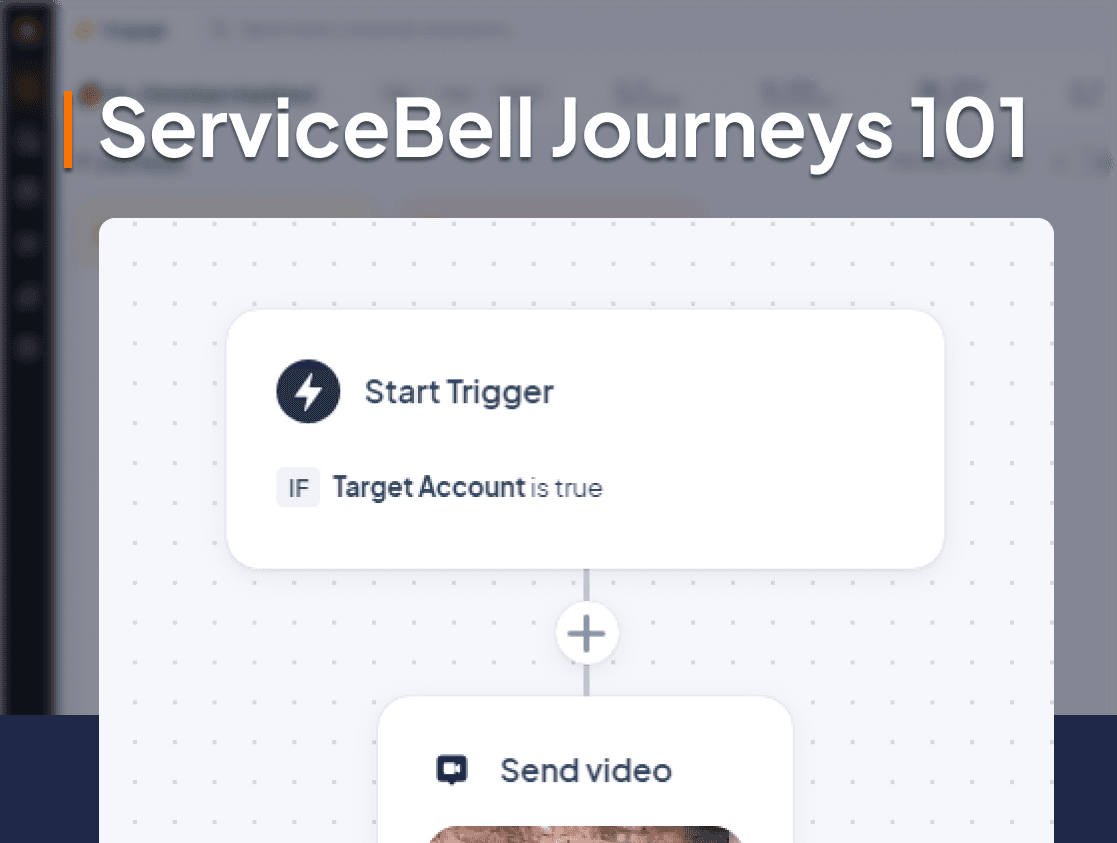
Here’s how to use ServiceBell to create automated chatbots and visitor journeys. So you can engage and convert VIP website visitors 24/7:
TL;DR
Plan The Perfect Journey
Setup Your Initial Triggers
Create Custom Logic Branches
Engage Visitors With Automated Actions
Quickly Route Visitors to The Perfect Sales Rep
Schedule The Next Steps & Update Your CRM
Never Stop Testing
1. Plan The Perfect Journey
Before you jump straight into creating your journey, you should clarify your goals and do some high-level planning. Here’s how:
🎯 Clarify Your Main Goals
First — you’ll have to figure out the core goals you’re trying to achieve with this automated journey/chatbot. For example, are you trying to…
Schedule Meetings
Overcome Objections
Answer Common FAQs
Auto Engage Target Accounts
Route High-Intent Visitors to Live Reps
Re-Engage Past Visitors Who Never Converted
etc…
Having multiple goals is okay, just try to keep it under 2-3 goals max.
📝 Plan The Journey’s Logic & Actions
Next — you’ll want to map out the triggers, logic paths, and actions. You can start by asking yourself the following questions:
What kind of visitors will trigger this journey?→ Target account visitors?→ First-time visitors?→ High-intent visitors?→ Ad campaign visitors?→ etc.
How should you further segment these visitors?→ Based on industry?→ Based on traffic source?→ Based on past behavior?→ Based on company revenue?→ etc.
What flows should different segments get pushed down?→ Should first-time visitors get engaged by a chatbot or SDR?→ Should warm accounts get instantly routed to their account owner?→ Should companies with [X] revenue get prioritized over other visitors?→ etc.
What are your desired outcomes for all the different flows?→ Should first-time visitors get pushed to schedule a call?→ Should warm accounts be given a demo right then and there?→ Should companies under [X] revenue be immediately disqualified?→ etc.
Think through those questions, write down your answers, and then plan out a simple diagram flowchart. You can use a pencil and paper or a whiteboard tool like Miro:
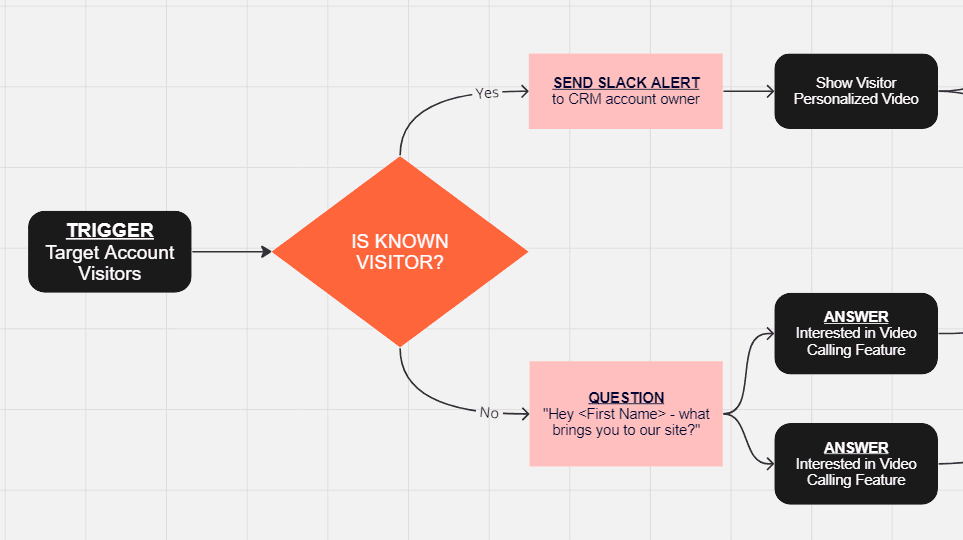
2. Setup Your Initial Triggers
A trigger is a specific condition or action that initiates a visitor's entry into a predefined journey, starting their personalized experience based on their interaction or profile.
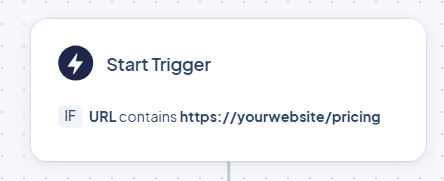
Popular Journey Triggers
→ CONTACTS & VISITORS
URL: Target visitors based on the page URL they’re viewing.
Target Account: This one’s pretty self-explanatory. It lets you target, well, target accounts (pulled directly from your CRM).
Segments: Group visitors based on specific CRM data, behavior, and demographics.
UTM Source: Looks at the source of the visitor's traffic (e.g., a specific marketing campaign or referral site) through UTM parameters.
Country: Identifies the country from which the visitor is accessing your website.
US State: Determines the U.S. state from which the visitor is accessing your website.
Known Visitor: Flags visitors who have previously visited your website.
Has Chatted: Indicates whether a visitor has previously engaged in a chat conversation on your website.
→ ANALYTICS
Scroll Percent: Tracks how much of a page a visitor has scrolled through, as a percentage of the total page length.
Time on Page (seconds): Measures the duration a visitor spends on a particular page, in seconds.
→ DEAL
Has Open Deal: Indicates whether a visitor is currently involved in an ongoing negotiation or sales process with your company.
Deal Stage: Refers to the current phase of a sales deal (e.g., prospecting, negotiation) a visitor is in within your sales pipeline.
→ PIPELINE
Pipeline: Refers to a specific sales or marketing pipeline that the visitor is associated with.
Pipeline Stage: Indicates the specific stage a visitor is at within a particular sales or marketing pipeline.
→ CLEARBIT
Clearbit Industry: Uses Clearbit data to classify a visitor's company into a specific industry sector (Not always accurate or available).
Clearbit Company Size: Determines the size of the visitor's company (e.g., small, medium, large) using Clearbit data.
Clearbit Estimated Revenue: Provides an estimation of the visitor's company's annual revenue, sourced from Clearbit data.
Mix & Match Trigger Properties
Want to trigger journeys with laser precision? Rule groups & conjunctions are your best friend.
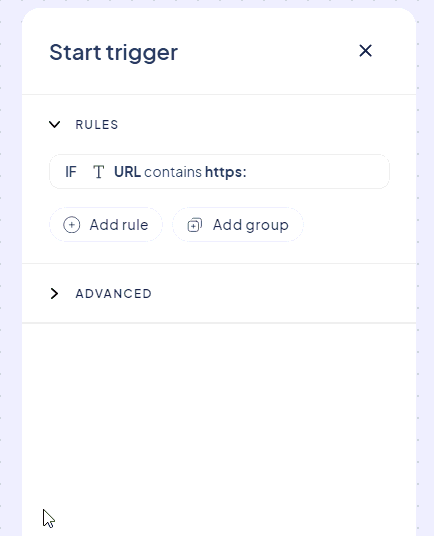
Rule conjunctions:
“OR” = if ANY of the conditions are true
“AND” = if ALL of the conditions are true
You can also combine rule groups using these same logic operators.
Letting you be extremely precise with what conditions you use to trigger journeys.
3. Create Custom Logic Branches
Custom logic branches in your journey allow for the creation of tailored flows, utilizing the trigger properties previously mentioned. These branches operate on custom-defined conditions — outputting either a "Match" or "No Match" outcome based on the set condition. Letting you get extremely precise with your flows.

Logic Branch Examples
→ For Simple Questions
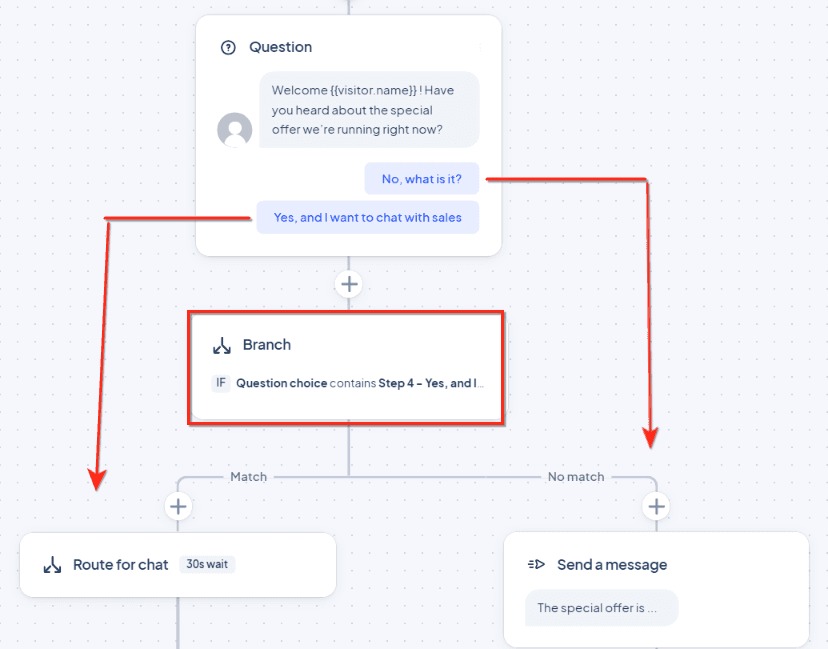
→ For Multi-Choice Questions
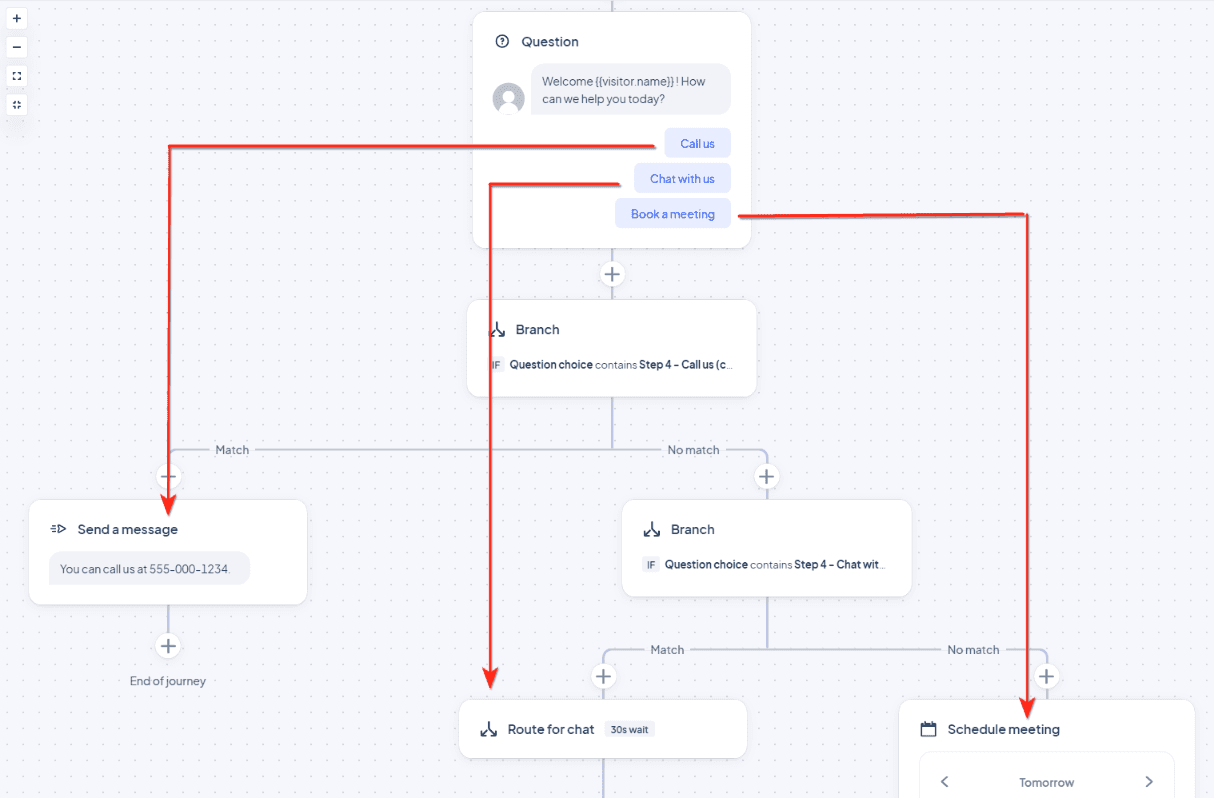
→ For Visitor Retargeting

→ For Anything You Want
The whole point of a branch is to create custom logic paths based on any conditions you want. If the trigger property exists — you can create branches based on its value.
4. Engage Visitors With Automated Actions
What’s a journey if nothing happens? The whole point of what we’re doing is to perform actions based on very specific situations. Here are the most popular actions used in journeys:
Branch: Directs the user to different paths within a journey based on certain conditions.

Send app alert: Sends a Slack alert to specific reps or user groups.

Send a chat message: Allows the sending of a text message to the user within the journey.
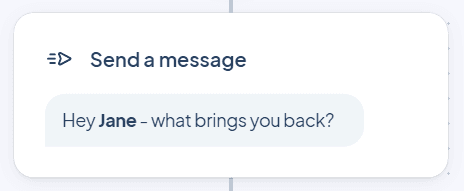
Ask a question: Prompts the user to provide information or make a selection.
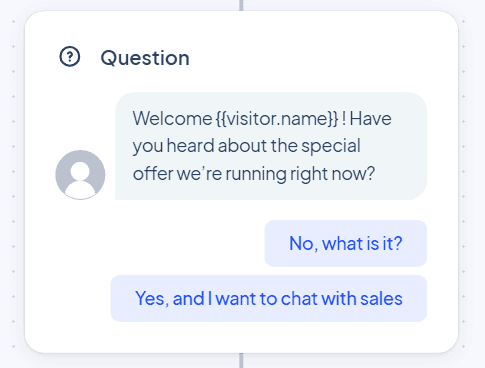
Close conversation: Ends the current chat session.

Video Answer: Provides an answer or response in the form of a popup video.
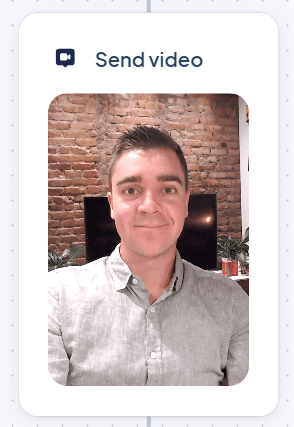
Route for chat: Directs the chat to a specific user group or agent.

Route for call: Forwards an incoming call to the perfect person or team.

Update Lifecycle Stage: Changes the stage of a user or deal within the CRM lifecycle.

Update Contact Metadata: Modifies or adds information to a user's contact details in the CRM.
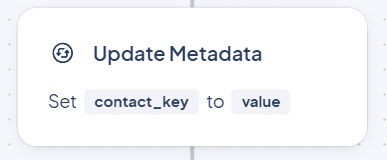
Clearbit Reveal/6sense: Uses Clearbit/6sense to uncover and display information about the user's company and identity.
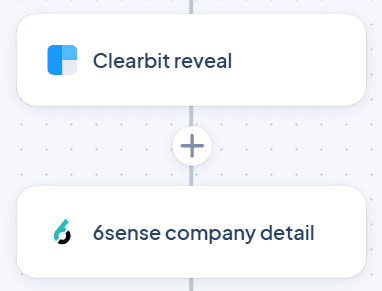
Schedule Meeting: Sets up a time for a meeting or call with the user.
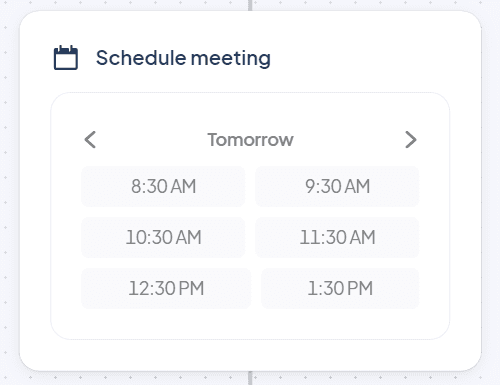
5. Never Stop Testing
Just because you think you have the perfect flow, doesn’t mean you can’t squeeze an even higher conversion rate out of it. Always tweak, test, and refine your flows until you’re blue in the face.

Related ServiceBell Plays